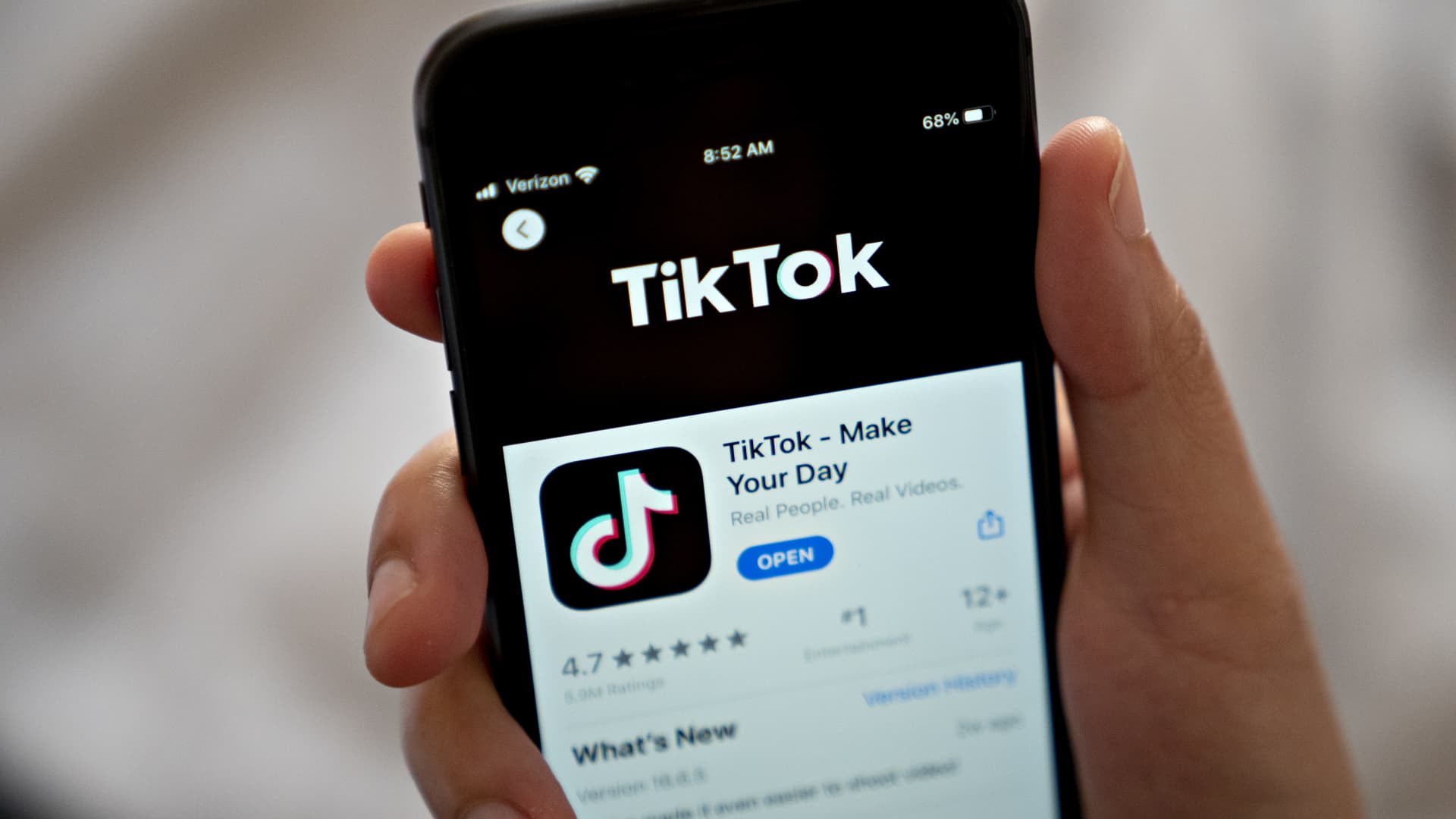Huawei launches first smartphone to connect to China’s rival to GPS

Huawei launched a flagship smartphone that it claims is the first device that’s able to connect to China’s Beidou global navigation satellite system.
It comes as the company seeks to remain relevant in the mobile market after U.S. sanctions crippled its mobile phone business.
related investing news
The Chinese technology giant took the wraps off the Mate 50 smartphone on Tuesday, alongside the MatePad Pro tablet and Watch GT 3 Pro smartwatch.
Huawei’s Mate 50 boasts an updated camera with 4 lenses arranged in a circle on the back. The phone also runs Harmony 3.0, the latest version of Huawei’s self-developed operating system, which was first released in 2019 after the company was cut off from using Google’s Android software due to U.S. sanctions.
The Mate 50 also does not have connectivity to super-fast 5G networks after U.S. sanctions cut off the company from the key chip required for this. Instead, the phone connects to previous generation 4G networks.
However, Huawei claims this is the first smartphone released to the public that can connect to China’s Beidou satellite networking. Beidou was completed in 2020 and is a rival to the U.S. government-owned Global Positioning System (GPS), which is widely-used across the world.
Connectivity to Beidou means users can still send messages even when they lose connection to a terrestrial mobile network, for example, if they’re in a remote area.
The Mate 50 went on pre-sale in China on Tuesday and the starting price is at 4,999 yuan ($718), with the higher-spec Mate 50 Pro starting at 6,799 yuan ($1,006).
Huawei is trying to retain relevance in the smartphone market after U.S. sanctions, which cut the company off from key components and software and crushed its business. Huawei was once the number one smartphone player in the world, but now holds a very small share of the market.
The company is hoping its other products such as the tablet, smartwatch and other accessories can pick up some of the slack.
Huawei’s EV push
But Huawei, which rose to prominence through its telecommunications equipment business, has pivoted to new growth areas over the last two years, including software and cloud computing.
More recently, Huawei has been building out an automotive technology business with a focus on electric vehicles. But the Shenzhen, south China-headquartered firm is not manufacturing cars. Instead, it is partnering with automakers and providing the technology in various parts of the vehicle.
On Tuesday, Huawei launched the AITO M5 electric vehicle in collaboration with Chinese automaker Seres. The car contains Huawei’s Harmony OS operating system for the digital cockpit and infotainment system and includes a computing system to adjust the torque of the vehicle. Huawei said it helps to improve the control of the vehicle.
A number of Chinese technology firms, including search giant Baidu and smartphone maker Xiaomi, have entered the electric vehicle market to grab a slice of the pie in the fast-growing EV market.
Huawei has already launched cars alongside Chinese state-owned automakers BAIC and Changan.
This post has been syndicated from a third-party source. View the original article here.




